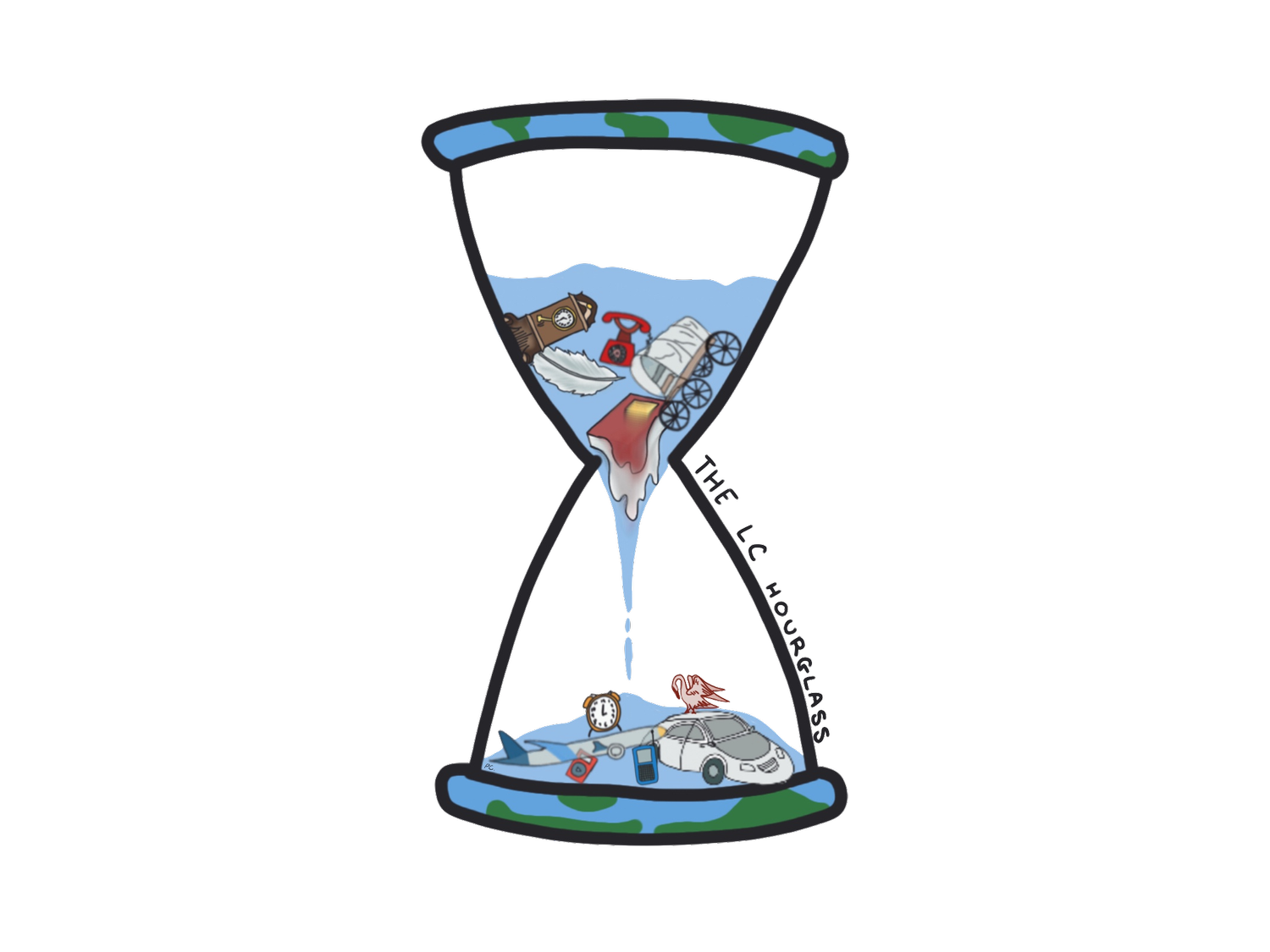Examining the Holodomor: A Historical Perspective
By Artem Gagushin, 2025
Few tragedies in human history have rivaled the magnitude of the Holodomor - a man-made famine that emerged in Ukraine as a direct result of collectivization policy in the Soviet Union between 1932 and 1933. The Holodomor - a transliteration of the Ukrainian Голодомор, literally “death by hunger” or "killing by hunger" - is a surprisingly unknown historical event considering its sheer scale and horror. Many would argue that analysis of the modern Ukrainian nation-state, especially in the context of the current war with Russia, is impossible without examining the wide-reaching demographic, cultural, and historical impacts of this famine. This article hopes to shed some light on a part of this overlooked history.
In 1929 in the Soviet Union, mass collectivization was well under way. Private property was seized by the government and organized into kolkhozy - farming collectives that worked for the government by delivering on quotas for grain production. This industrialization was met with resistance from the peasantry, or kulaks, who were not willing to hand their land and crops over to the state. To quell and punish this unrest, Stalin ramped up grain production quotas to unfeasible levels. These quotas were largely levied upon the Ukrainian SSR, southwestern Russia, and northern Kazakhstan, since those were the most fertile lands that accounted for nearly all of the USSR's grain production.
The peasants living in these regions began to starve. More unrest followed; quotas were raised once more. Stanislav Kosior, then-General Secretary of the Ukrainian SSR Communist Party, asserted that "the peasants are not working" and "relying on previously harvested grain that they have hidden." Consequently, on 15 January 1932, Kosior, under Stalin's orders, passed a decree "On grain procurements" that gave authorities the power to start confiscating food from peasants to meet production quotas. Stalin specifically targeted Ukraine, since grain production there had always been the highest in the Soviet Union.
Soon after, the famine had begun. Ukraine was not the only place hit by the famine - many surrounding regions that were also reliant on farming had amassed large death tolls - but it undoubtedly suffered the most. Millions of Ukrainians starved to death between 1932 and 1933; at its height, people were dying at a rate of 28,000 per day. The demographic decline in Ukraine between 1926 and 1937 amounted to a staggering 4.3 million people. People began to flee the affected regions. On 16 January 1933, Stalin passed a directive which aimed to prevent this flight of starving peasants, to limit the publicization of the famine to the rest of the Soviet Union and the world.
In the meantime, the Soviet Union was actively engaged in exporting grain to fund imports of industrial equipment - in fact, Soviet grain exports peaked in 1930 and 1931. These exports alone, not even including the grain reserves that the Soviet planners created for the future and continued stockpiling, would have been more than sufficient to prevent mass starvation. Tragically, this proves that there was never a physical basis for the Ukrainian famine. The death of millions of people was a gross mismanagement of industrialization policy. Whether or not this was done intentionally as an act of genocide - in other words, whether Stalin's goal had been to starve Ukraine - remains a subject of debate among scholars to this day. Regardless of the answer to that question, however, the Soviet Union's direct responsibility for these events is undeniable.
The Holodomor left an indelible mark on the Ukrainian psyche. The collective trauma from the famine that has been passed down through generations depicts a story of repression, suffering, and betrayal that Ukrainians have suffered over and over at the hands of the Soviet Union or, more recently, Russia. Most significantly, however, the famine helped form a sense of national identity: the perseverance of the Ukrainian people against Soviet aggression became a symbol and a rallying cry for independence that clearly reverberates to this day. For this reason, many Russians who try to deny the Ukrainian national identity - claiming that they are all, in fact, Russians - turn to downplaying the extent of, and the Soviet Union's complicity in, the Holodomor. Because this famine, as horrifying as it was, is a part of Ukrainian history that cannot be taken away and that should be remembered.
Works Cited
Conquest, Robert. The harvest of sorrow: Soviet collectivization and the terror-famine. New York: Oxford University Press, 1987.
Davies, R.W., M.B. Tauger, and S.G. Wheatcroft. “Stalin, Grain Stocks and the Famine of 1932-1933.” Slavic Review 54, no. 3 (1995): 642–57. https://doi.org/10.2307/2501740.
“Holodomor.” College of Liberal Arts. Accessed May 26, 2024. https://cla.umn.edu/chgs/holocaust-genocide-education/resource-guides/holodomor.
“Holodomor.” Encyclopædia Britannica, May 8, 2024. https://www.britannica.com/event/Holodomor.
Nove, Alexander. An economic history of the USSR: 1917-1991. London: Penguin Books, 1992.
“Resolution of CC AUCP(B) and USSR SNK on Grain Procurements in Ukraine, the Northern Caucasus and the Western Oblast.” HREC Education, February 26, 2020. https://education.holodomor.ca/teaching-materials/primary-documents/resolution-of-cc-aucpb-and-ussr-snk-on-grain-procurements-in-ukraine-the-northern-caucasus-and-the-western-oblast/.
“Resolution of the Court.” National Museum of the Holodomor-Genocide, October 15, 2020. https://holodomormuseum.org.ua/en/resolution-of-the-court/.
Vucinich, Alexander. “The Kolkhoz: Its Social Structure and Development.” American Slavic and East European Review 8, no. 1 (February 1949): 10. https://doi.org/10.2307/2491730.
“Директива ЦК ВКП(б) и СНК СССР о Предотвращении Массового Выезда Голодающих Крестьян. 22 Января 1933 г.” Электронная библиотека исторических документов. Accessed May 26, 2024. https://docs.historyrussia.org/ru/nodes/63887-direktiva-tsk-vkp-b-i-snk-sssr-o-predotvraschenii-massovogo-vyezda-golodayuschih-krestyan-22-yanvarya-1933. Translated by the author.
Boriak, Hennadii. "Population Losses in the Holodomor and the Destruction of Related Archives: New Archival Evidence." Harvard Ukrainian Studies 30 (2008): 199+. Gale Academic OneFile.
